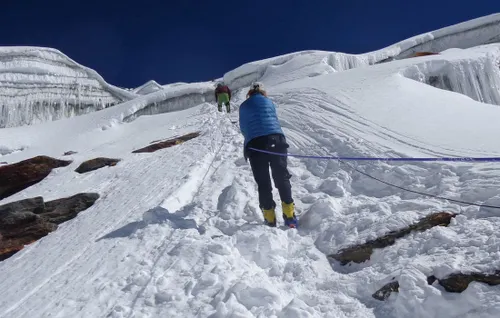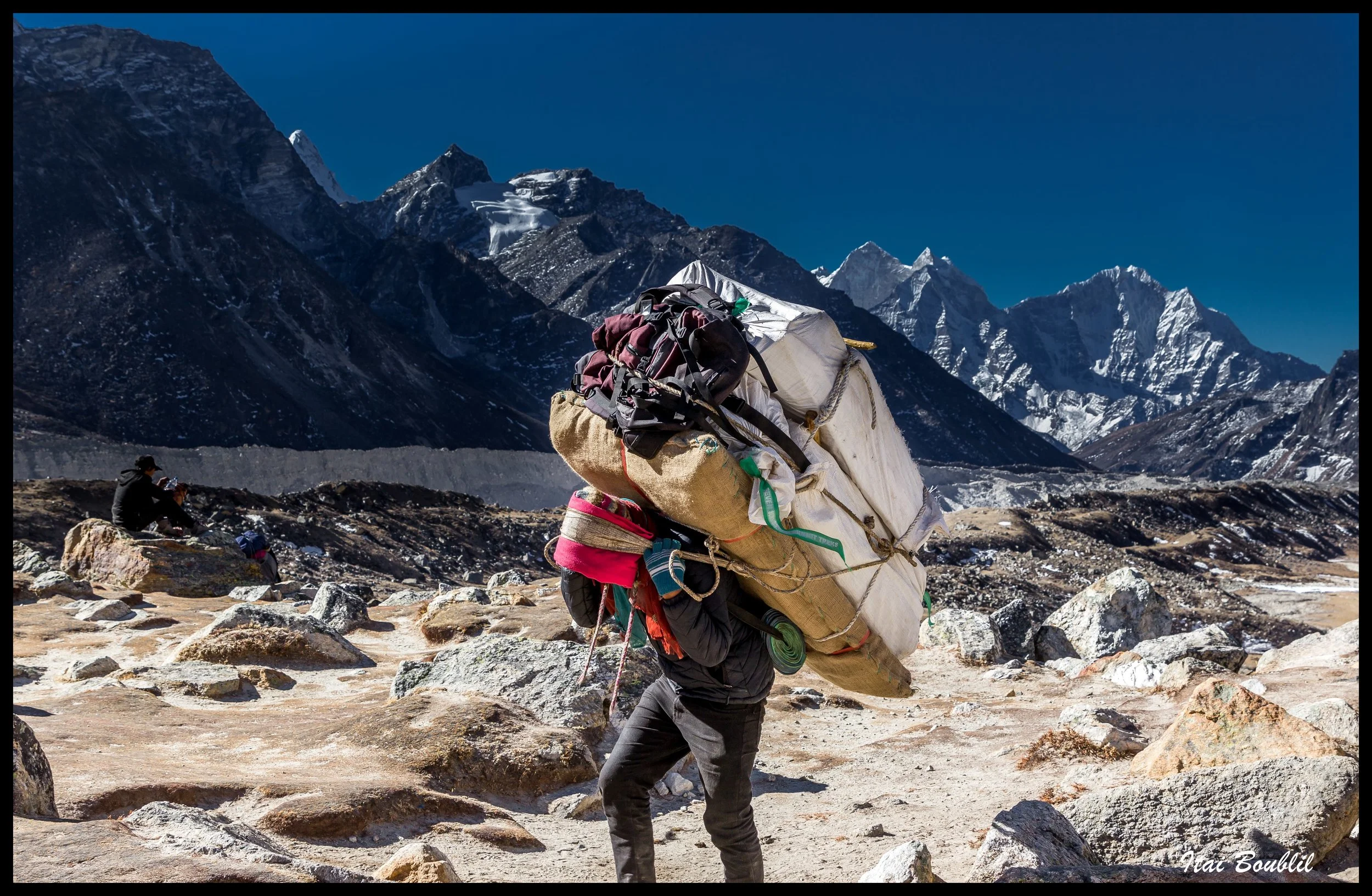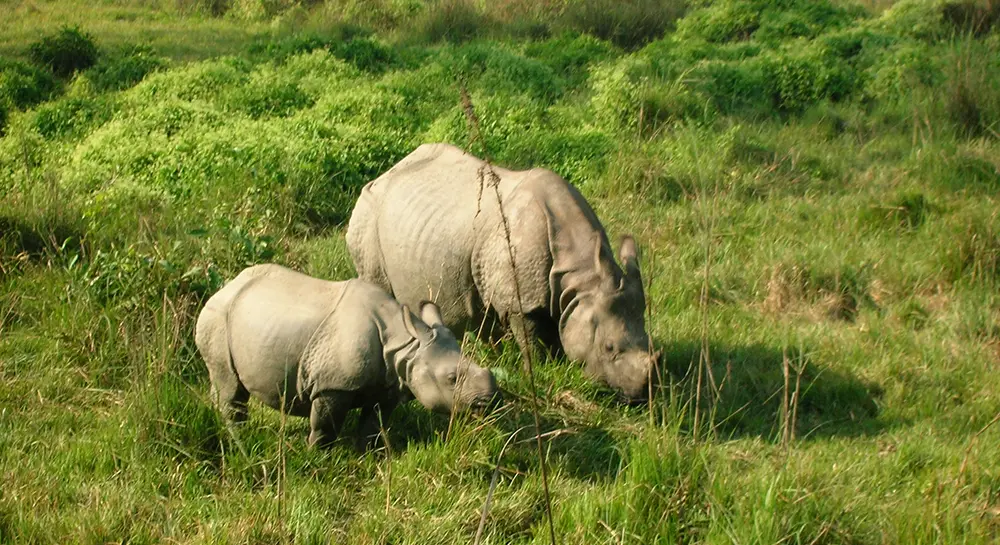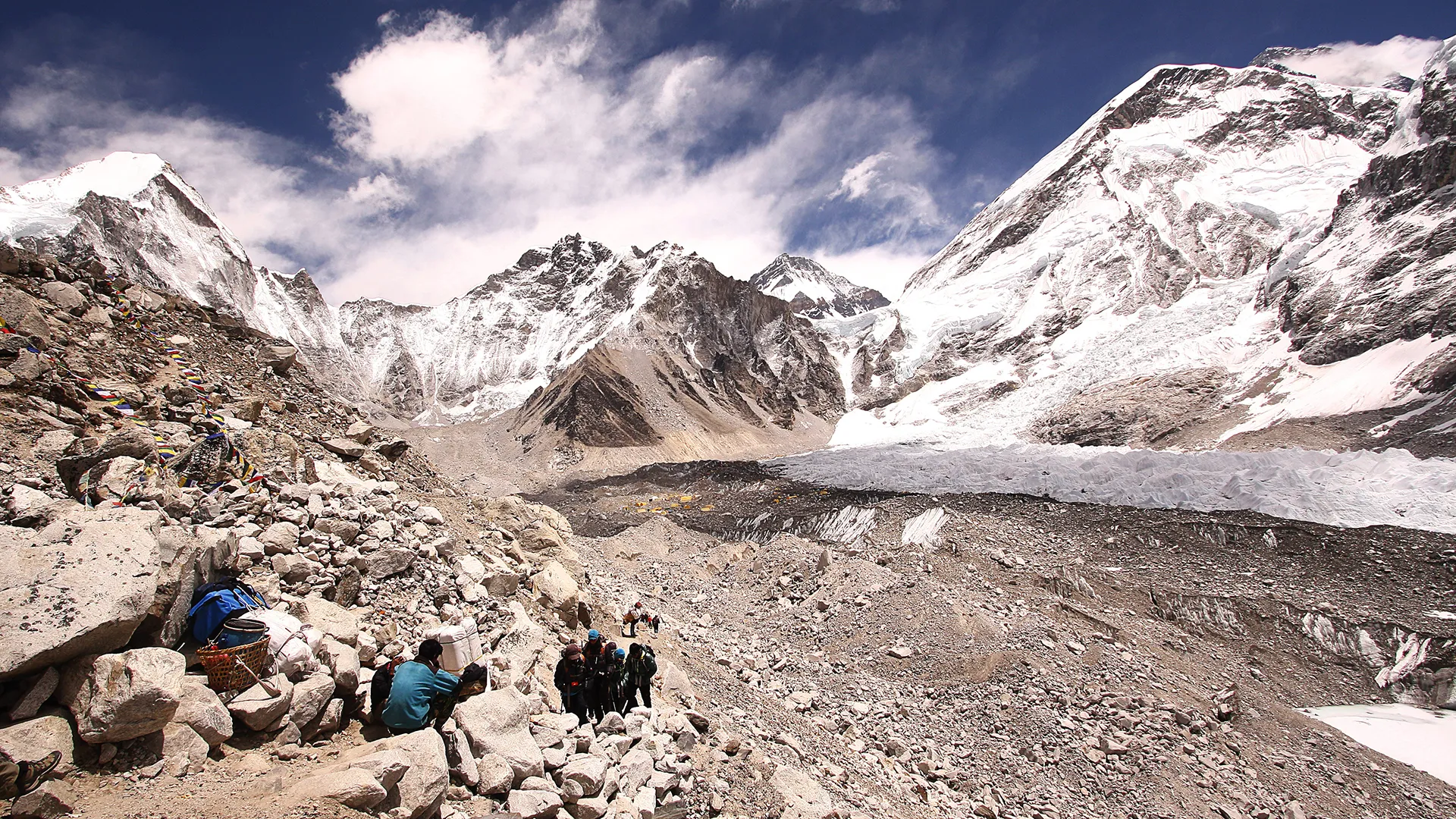Share this Article

Introduction
In Nepal, mountaineering is a common activity. With some of the highest peaks in the world, including as Mount Everest (8,848.86 meters), the nation has long been a popular destination for mountaineers and explorers from all over the world. Nepal's mountaineering sector has grown to be an essential component of its economy, culture, and international identity since Sir Edmund Hillary and Tenzing Norgay made the first successful ascent of Everest in 1953. The future of climbing in Nepal is being influenced by changing trends, technology developments, environmental issues, and socioeconomic factors as we approach 2025. The future of climbing in Nepal will be shaped by the new trends, opportunities, and problems explored in this article.
The Importance of Mountaineering in Nepal
In Nepal, mountaineering is more than just a sport; it is an essential component of the nation's tourism, economy, and cultural legacy. Every year, hundreds of climbers, trekkers, and adventurers are drawn to Nepal by the Himalayan range's attraction. In Nepal, the tourism industry is mostly dependent on climbing, which generates millions of dollars in income and employs thousands of people in jobs ranging from porters and guides to lodging, dining, and transportation.
Before the COVID-19 pandemic, Nepal's climbing business saw record numbers of climbers in 2019. This was especially true in the spring, when more than 500 people reached the summit of Everest alone. As international travel resumes, the business is expected to recover despite the pandemic's obstacles. However, the character of mountaineering in Nepal is probably going to change significantly as 2025 approaches.
Trends Shaping the Future of Mountaineering in Nepal
- Increased Focus on Sustainability and Eco-Tourism
As climate change accelerates, environmental conservation has become a pressing concern for Nepal’s mountaineering industry. Melting glaciers, unpredictable weather patterns, and an increase in natural disasters have already started to affect some of the mountain environments. In response, mountaineering in Nepal is likely to become more eco-conscious.
- Waste Management Initiatives: Over the years, the impact of tourism on Nepal’s mountain regions has raised concerns, particularly in terms of waste accumulation. The Everest region, for example, has long struggled with garbage left behind by climbers. In recent years, the Nepal government, in collaboration with non-governmental organizations (NGOs), has implemented initiatives to clean up the mountains. These efforts are expected to intensify, with more robust waste management protocols, recycling systems, and incentives for climbers to take responsibility for their waste.
- Sustainable Trekking and Climbing Practices: Eco-tourism and sustainable practices will likely become more prevalent. The tourism industry is shifting towards responsible trekking and climbing, with a focus on minimizing carbon footprints, reducing environmental impact, and respecting local communities. Many mountaineering agencies and guides are expected to adopt environmentally friendly practices, such as using solar-powered equipment, reducing plastic waste, and ensuring that porters and guides are treated fairly.
- Technology and Innovation in Mountaineering
Advancements in technology are poised to revolutionize mountaineering, enhancing safety, efficiency, and the overall experience for climbers. Some notable technological trends include:
- Satellite Communication and Weather Forecasting: Modern mountaineers rely on satellite phones and GPS systems for communication and navigation. As satellite technology continues to evolve, climbers will have even more reliable access to real-time weather data, weather alerts, and emergency communication services. This will significantly improve safety and decision-making in the challenging Himalayan environment.
- Improved Gear and Equipment: Innovations in climbing gear will continue to shape the future of mountaineering. Lightweight yet durable materials, advanced climbing tools, and weather-resistant clothing will allow climbers to push boundaries in higher, more remote peaks. Drones and other aerial technologies may also be used for surveillance, weather tracking, and rescue missions.
- Virtual Mountaineering: With the rise of virtual reality (VR), mountaineering enthusiasts who are unable to physically travel to Nepal may find themselves experiencing the thrills of Everest Base Camp or even summiting virtual peaks. This could open up Nepal's mountaineering experience to a broader global audience and provide a way to preserve the Himalayas digitally for future generations.
- Climbing the "Second-Tier" Peaks
- The "second-tier" peaks of Nepal are gaining popularity, even if Mount Everest is still the ultimate goal for many climbers. Peaks like Makalu, Lhotse, Manaslu, and Annapurna are becoming more and more popular among climbers who want to test themselves with less-traveled summits and escape the crowded circumstances of Everest.
- Permit System for Lesser-Known Peaks: As part of Nepal’s efforts to reduce congestion on Everest and promote responsible tourism, the government has begun introducing more flexible and streamlined permit systems for other peaks. This move will not only alleviate pressure on the most famous peaks but also provide a safer and more authentic climbing experience for adventurers.
- Adventure Tourism Beyond Everest: The future of mountaineering in Nepal will involve promoting lesser-known mountains to international climbers, providing a more tranquil and less commercialized experience. The development of new trekking routes and climbing infrastructure will help boost tourism in these regions and distribute economic benefits more evenly across the country.
- Nepal's Focus on Local Empowerment and Capacity Building
Nepal is increasingly recognizing the importance of empowering local communities, particularly those in rural and mountainous areas, through mountaineering. Locally-owned trekking and climbing companies are likely to see more support as Nepal moves towards greater local capacity building.
- Training Local Guides and Sherpas: Nepali Sherpas and mountain guides have long been an essential part of the mountaineering culture in Nepal. In the future, there will likely be a more concerted effort to train local climbers, mountaineering guides, and Sherpas in safety protocols, first aid, and advanced climbing techniques. These local experts are often the backbone of the climbing experience and will be integral to Nepal's mountaineering future.
- Employment Opportunities: As tourism revives, there will be increased opportunities for locals to work as porters, guides, and support staff. Empowering women in mountain communities, particularly in roles like women trekking guides and porters, will be a significant part of this movement. Empowering local populations to take on leadership roles in the mountaineering industry will increase socio-economic development and provide more equitable opportunities for marginalized groups.
Challenges Facing Mountaineering in Nepal
While the future of mountaineering in Nepal is promising, there are several challenges that need to be addressed:
- Climate Change and Environmental Degradation: The glaciers in the Himalayas are melting at a startling rate, making them extremely vulnerable to climate change. Both the natural beauty of the mountains and mountaineers may be at risk due to these environmental changes. To protect its natural legacy, Nepal will need to take more aggressive steps in the areas of sustainable tourism and environmental conservation.
- Overcrowding on Popular Peaks: Mount Everest, in particular, has seen an increase in the number of climbers, leading to overcrowding, which can result in dangerous conditions, long waiting times, and environmental strain. Nepal must implement measures to regulate the flow of climbers, possibly by restricting the number of permits issued each season or promoting alternative climbing destinations.
- Safety Concerns and Rescues: As the number of climbers grows, so does the risk of accidents and fatalities. Despite technological advancements, mountaineering remains inherently dangerous, and Nepal will need to invest in better safety infrastructure, training, and rescue systems, especially in remote regions.
The Future of Mountaineering Tourism: A Balancing Act
The future of Nepalese mountaineering in 2025 will hinge on striking a balance between sustainability and accessibility. Nepal's economic recovery is expected to be significantly influenced by mountaineering tourism as the sector recovers from the COVID-19 pandemic. But it's imperative that Nepal's tourism sector develops in a way that helps the local population and the environment.
The shift towards responsible and sustainable mountaineering, embracing technology, and empowering local communities are all vital components of ensuring that Nepal’s mountaineering legacy continues to thrive for generations to come. With careful planning and an eye towards preserving both its natural and cultural heritage, Nepal can ensure that it remains the ultimate destination for mountaineers seeking adventure, challenge, and inspiration.
Categories:
Travel & Tourism
Tags:
MountaineeringNepal
,
Nepal2025
,
HimalayanExpeditions
,
MountainFuture







